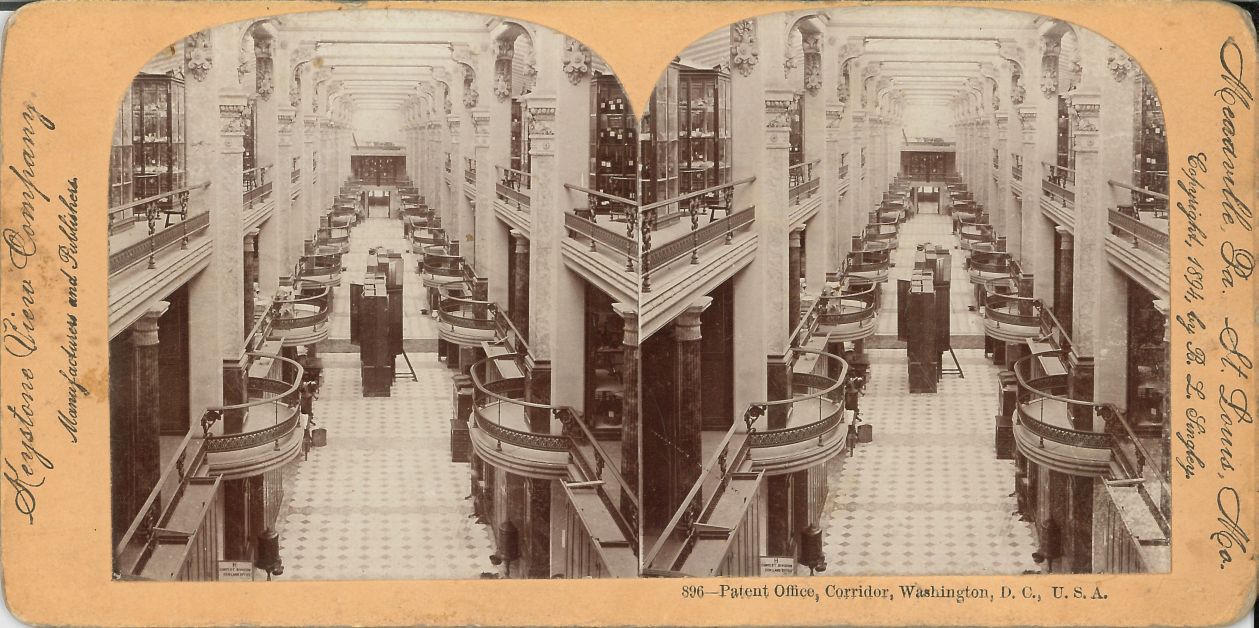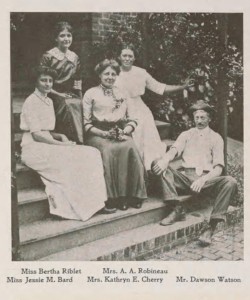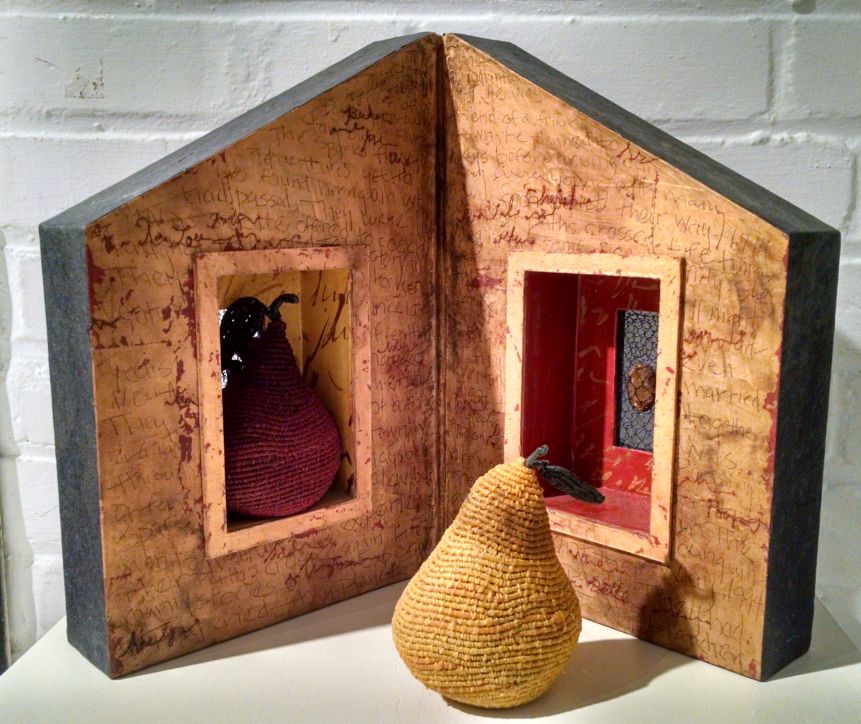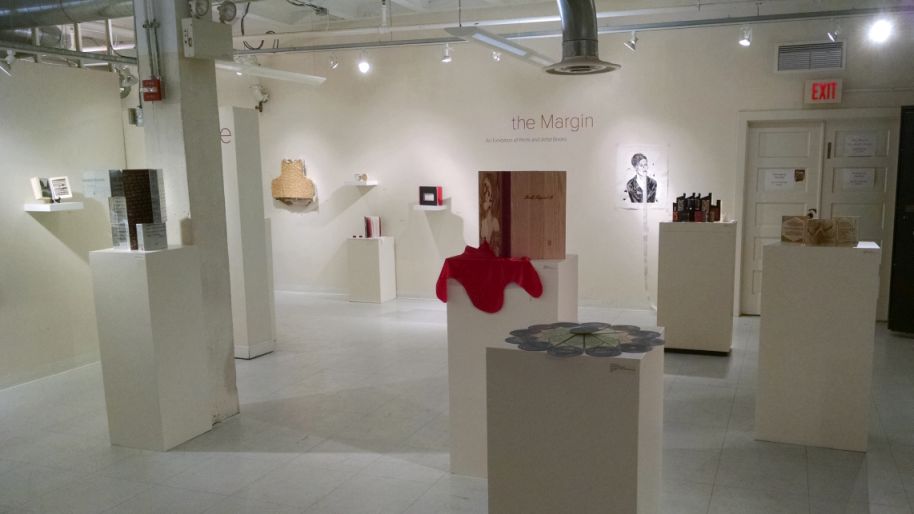
2014 marked the 50th anniversary of the establishment of the Smithsonian American Art and Portrait Gallery Library (AA/PG) as a combined library for the newly-founded National Portrait Gallery and the National Collection of Fine Arts.

2014 marked the 50th anniversary of the establishment of the Smithsonian American Art and Portrait Gallery Library (AA/PG) as a combined library for the newly-founded National Portrait Gallery and the National Collection of Fine Arts.
This post was written by Reiko Yoshimura, head librarian of the Freer Gallery of Art and Arthur M. Sackler Gallery Library.
As a result of the development of Japonisme in the 1860s, Japanese art and crafts became increasingly popular, especially in Europe. Following the Meiji Restoration (1868), the Japanese government began exhibiting a vast amount of art and craft objects in world expositions, namely, World’s Columbian Exposition (1893) and Paris expositions (1867, 1889, 1900), which led to actively promoting domestic craft production.

Around March, I’ll be forgiven if I start to pay a little more attention to the genders of the people I come across in our digital book and journal collection. After all, it is Women’s History Month. But one journal I keep coming back to is Keramic Studio, a monthly ceramics magazine produced around the turn of the 20th century that we digitized a couple years ago as part of our Books Online collection. Adelaide Alsop-Robineau began the journal in 1899, and it continued to be published into the 1920s. The work featured in the early years of the journal was primarily contributed by women, including Alsop-Robineau herself, along with her co-editor Anna B. Leonard. Both women were well known ceramics painters and designers. I find myself returning to the journal and perusing the many images and illustrations, especially when I need a dose of design inspiration.

Smithsonian Libraries has been working to share its collection of artists’ books. One of the end products of the this initiative has been the creation of a new Smithsonian Libraries artists’ book collection portal where visitors can explore the many artworks in the collection and learn more about the medium.
As part of my interest and research into the medium of artists’ books as and as the branch librarian for the Smithsonian American Art Museum/National Portrait Gallery Library (AA/PG), my participation as the juror for a national artist book exhibition held at Pyramid Atlantic resulted in the first prize being awarded to Jo Stealey for her work Paired for Life which has now been added to the AA/PG artists’ book collection. You can read more about my experience as a judge for the show here and here.

Smithsonian Libraries has been working to share its collection of artists’ books. One of the end products of this initiative has been the creation of a new Smithsonian Libraries artists’ book collection portal where visitors can explore the many artworks in the collection and learn more about the medium.
As part of my interest and research into the medium of artists’ books as and as the branch librarian for the Smithsonian American Art Museum/National Portrait Gallery Library (AA/PG), my participation as the juror for a national artist book exhibition held at Pyramid Atlantic has been detailed in a previous post on Unbound. All of this led up to the opening night.
Recently, you may have heard about the ways art from the Hudson River School has been a source of inspiration for new artistic works. Well, the luminous landscape paintings have inspired us, too. In honor of Black History Month, we’d like to highlight a couple of African American artists with ties the school. These artists have paintings in the Smithsonian American Art Museum collection as well as an Art and Artist Files in the American Art/Portrait Gallery Library.
In the summer of 2014, I worked on a library cataloging and itemization project at the National Museum of African Art in the Warren M. Robbins Library. This museum has a wonderful ambiance—even during the high summer with its heat waves and crowds. African Art’s three subterranean levels under the Enid Haupt Garden provide a tranquil retreat with outstanding artwork and an oasis-like central fountain.